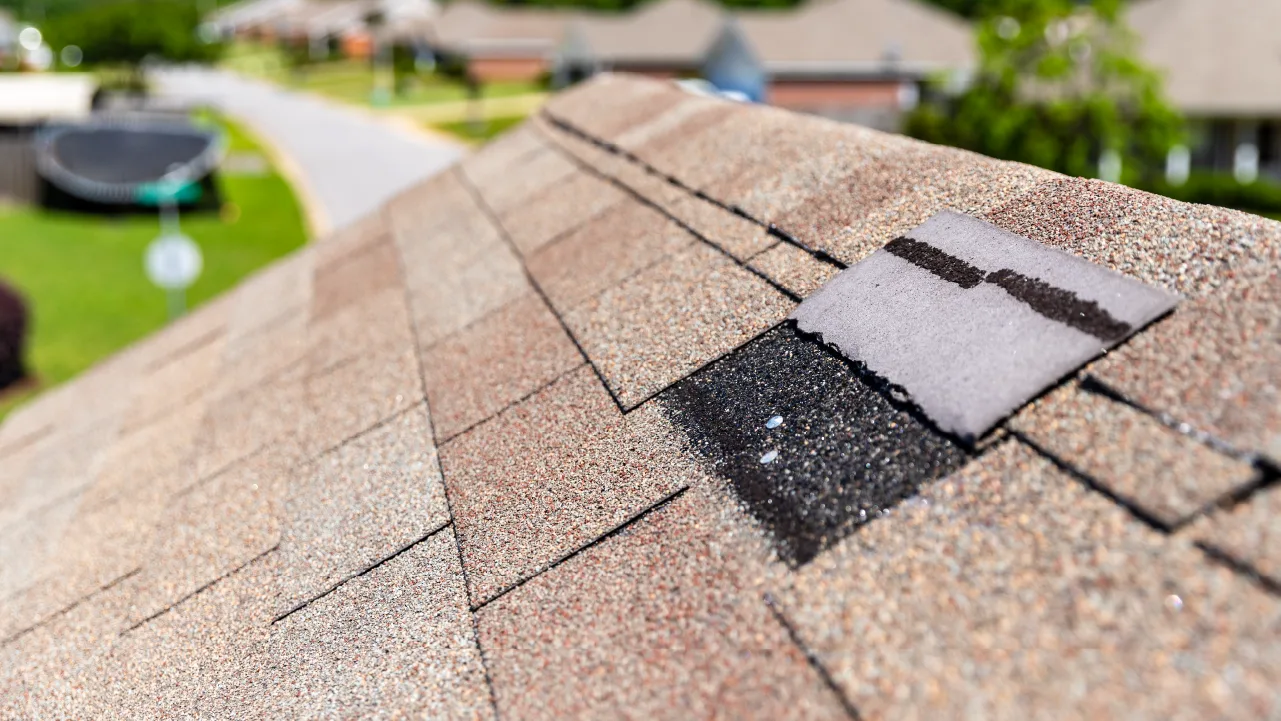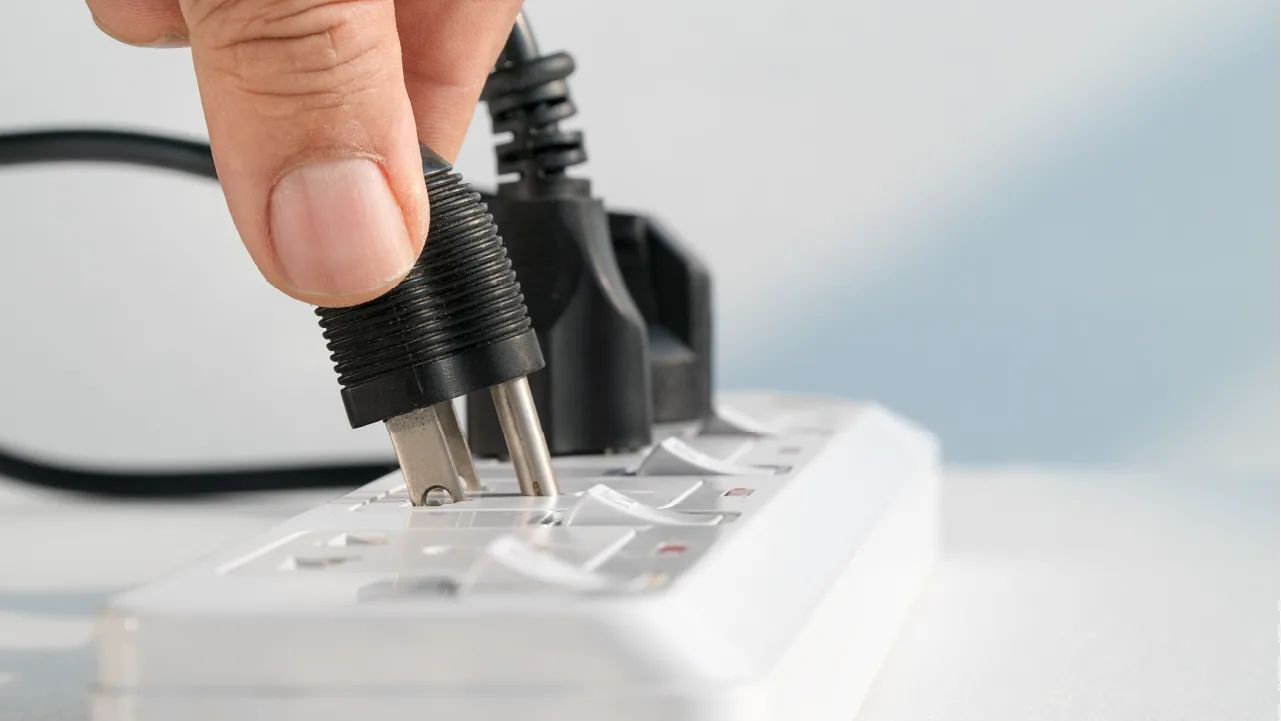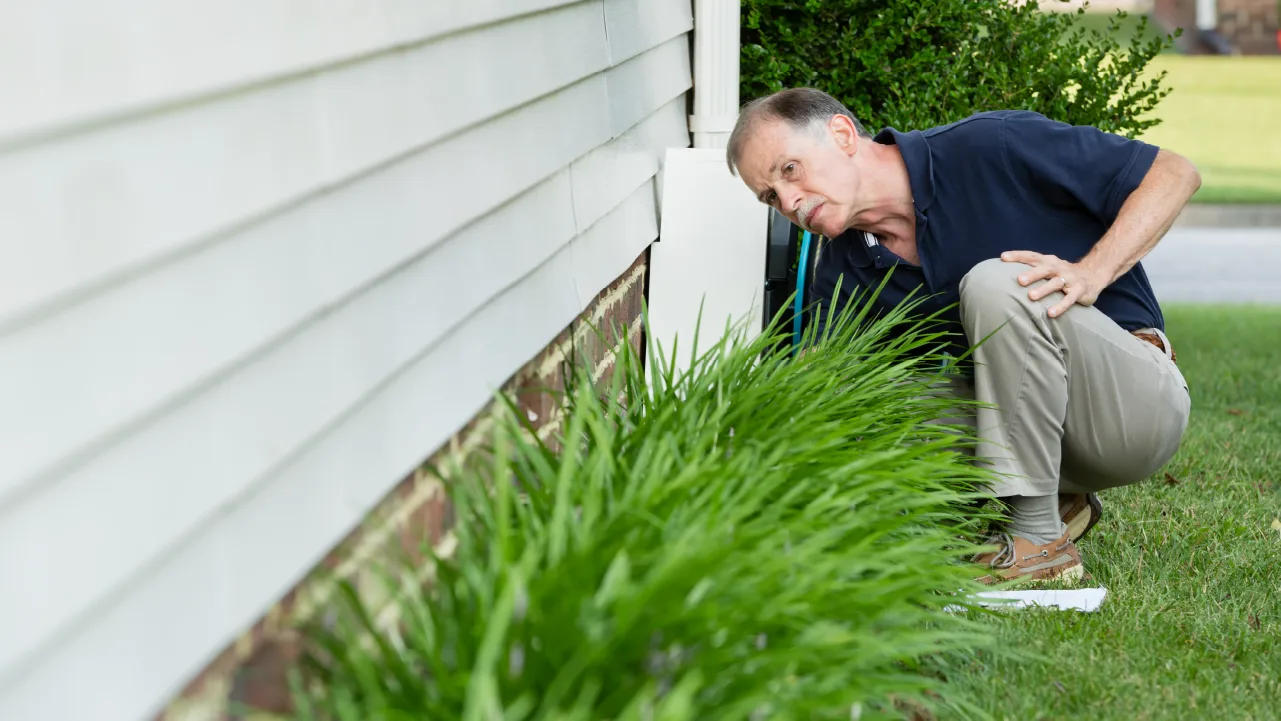
At Achieve, we're committed to providing you with the most accurate, relevant and helpful financial information. While some of our content may include references to products or services we offer, our editorial integrity ensures that our experts’ opinions aren’t influenced by compensation.
Everyday Finances
6 projects to protect your home and property from a natural disaster
Jun 26, 2024
Written by
Reviewed by
No matter where you live in the U.S., chances are you experience your fair share of natural disasters. If it's not flooding or rock slides, it could be hurricanes or tornadoes. Fortunately, with the summer months upon us, you have time to prepare your home to minimize the risk of damage without having to work in the rain or snow. Here are some low-cost home maintenance projects that should make you feel a little bit safer—and help you protect your pocketbook by avoiding major insurance claims and costly repairs.

1) Clean your gutters
Cleaning your gutters, down pipes, and drains is the surest way to avoid blockages. Blockages can lead to water overflowing under the eaves and straight into the roof cavity. The goal is to do whatever you can to direct water away from the home and to prevent it from pooling. It's such a simple way to avoid a water overflow issue that could lead to a large repair bill or unwanted debt.
If you're afraid of heights or a bit unsteady on a ladder, enlist the help of a friend or family member to keep the gutters clear.
Related: When using a home equity loan to remodel your home makes sense

2) Mind your trees
There's no way to predict the future, so inspect the trees in your yard and identify any branches that may fall on your home or property during strong winds or a rainstorm. Cutting back the branches that are most likely to fall can help you avoid an expensive repair or a complicated insurance claim.
Be tree mindful. When you’re out in the backyard BBQing or hanging out, pay attention to what’s over things like wires, roof tops, etc.. Summer winds after a few dry months could pose issues
Again, enlist a friend if you're not up to trimming suspect-looking branches. The idea is to remain safe and healthy while checking maintenance projects off your to-do list.

3) Check your roof
It's easy to take a roof for granted until you realize it's your first line of defense against whatever Mother Nature throws your way. Inspect your roof, looking for loose or missing shingles as well as wear and tear. Simply reattaching and replacing shingles can go a long way toward protecting your house from damage.

4) Put surge protectors in place
It requires a very small amount of voltage to damage many of today's sensitive electronic devices. Before the next storm hits, walk through your home to check for any electronics that are not already plugged into a dedicated surge-protected outlet. If needed, single surge protector plugs can be purchased for as little as $3 a piece, and multi-outlet surge protector strips can be found for less than $10.
3 minutes and 3 dollars. That’s what it takes to protect your home…

5) Focus on your foundation
Water should run away from your home. If the soil around your foundation is currently pitched toward the house, add dirt to the area and reshape it to slope away from the house. Any rain that hits your home is less likely to gather at the foundation and leak in.
6) Secure your yard
Finally, before the next major weather event, scan your patio, balcony, and yard to determine which items could become missiles in a storm. For example, outdoor furniture, lightweight swing sets, trampolines, kids' toys, and yard decor can be picked up and blown around, damaging anything they hit. Stake or tie down anything that you can't move inside. If you have time, move anything indoors that you have room for. If you don't have room for patio furniture in your garage, basement, or house, stack it in a sheltered area against an exterior wall.
It's not possible to plan for everything that could go wrong. However, it is possible to make educated guesses based on history. If, based on history, you can safely guess that the coming year could usher in weather-related challenges, facing them today can save you time and financial hardship in the future.
Author Information
Written by
Dana is an Achieve writer. She has been covering breaking financial news for nearly 30 years and is most interested in how financial news impacts everyday people. Dana is a personal loan, insurance, and brokerage expert for The Motley Fool.
Reviewed by
Kimberly is Achieve’s senior editor. She is a financial counselor accredited by the Association for Financial Counseling & Planning Education®, and a mortgage expert for The Motley Fool. She owns and manages a 350-writer content agency.
Related Articles
If your bills are getting out of hand, debt relief is one way to take control of your finances and defeat your debt.
Compound interest is a two-sided coin. Good for your savings, bad for your debts. Find out more here.
These subtle (and not so subtle) red flags could be signs that you’re falling into a debt trap. Read more.


